In: Mark Walton
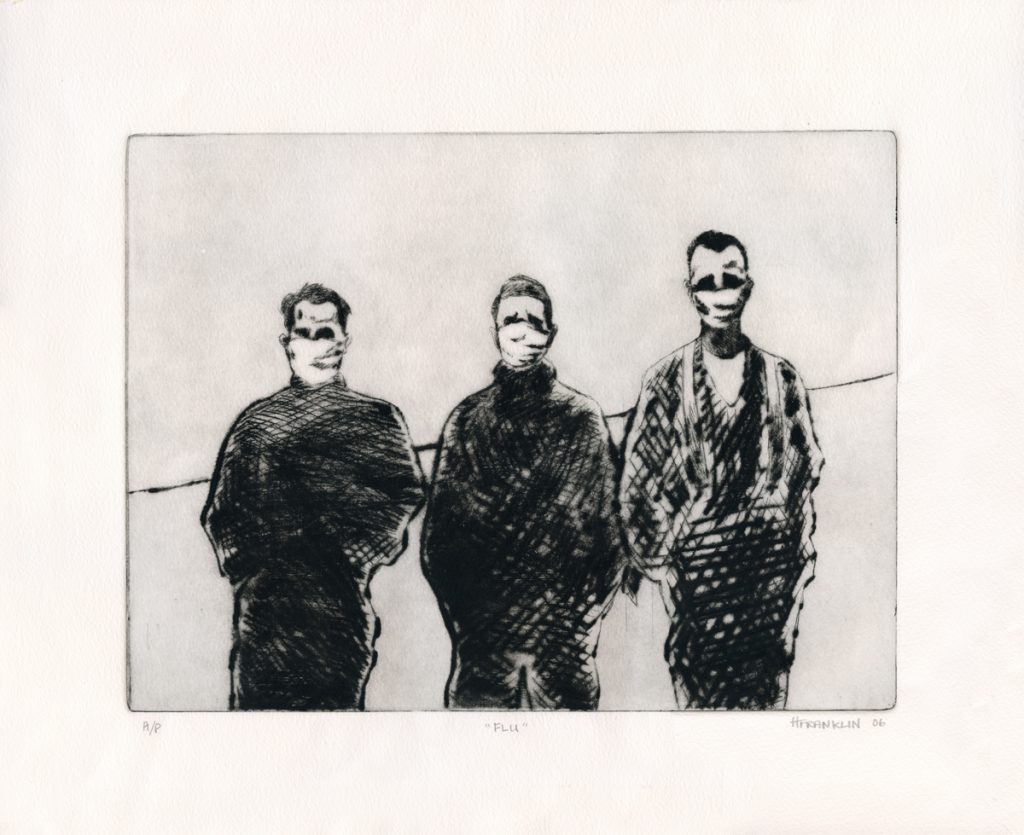
Heather Franklin | Flu
November 22, 2021Context is everything.
I first saw Flu, by Heather Franklin, in 2010. Heather, the Director of The Button Factory, Waterloo Ontario’s Community Arts Centre, made this drypoint print in 2006, drawn from a photo of three men during the Spanish Flu epidemic in 1918.
What drew me to the image was its strangeness. Three men, obviously out of doors (as indicated by the skewed horizon line, so likely to be farmers), in masks, facing an invisible, deadly threat. The title gave away the timeline and narrowed the reason for their masked anonymity to a necessity rather than a choice – they were not running from the law. But the masks still made them “others”, unrecognizable, in a situation I could not fathom. The print carried with it a sense of the uncanny, with a deep sense of foreboding.
In 2021, these men have become very knowable. They are us. They are simple people, dealing with a situation beyond their control in the simplest way they can. Now I find myself less concerned with the contagion swirling around them than with the economic straits they find themselves in, how their families are coping, whether or not they have lost loved ones. They have become human where once they were alien.
You can find more of Heather’s fine illustrations on her Instagram account @heathersphotophoto.
~ Mark Walton
Read More
Diana Nicholette Jeon
November 11, 2021Diana Nicholette Jeon is a Hawai’i based photographer whose works have been widely published and exhibited, including (coincidentally) by The COVERT Collective’s Peppa Martin. Diana’s photos have won awards at the Julia Margaret Cameron Awards, the Moscow Foto Awards and the Pollux Awards to name a few.
“Untitled (from the series, 860 Days)” is a photo that immediately conveys a sense of solitude. The extreme blurring of part of the image takes it a step further to impart an unwanted sense of loneliness, and of not knowing how to escape it… like a bad dream. In fact, the series itself (here) is “about my experience of loss, isolation, anguish and loneliness during a marital separation.”
Jeon’s other projects are equally as personal and introspective, and often combine selfies with other photographic elements to create unique pastiches that engage the viewer to try to connect with the psyche of Jeon herself… what is she feeling here? … why did she choose this? While all art seeks to create this bond with its audience, Jeon’s work is extraordinarily successful at it.
You can see more of Diana’s work at her website, including the series Self-Exposure, Socially Speaking, Nights as Inexorable as the Sea and I, Orfeo.
https://diananicholettejeon.com/
~ Mark Walton
Read More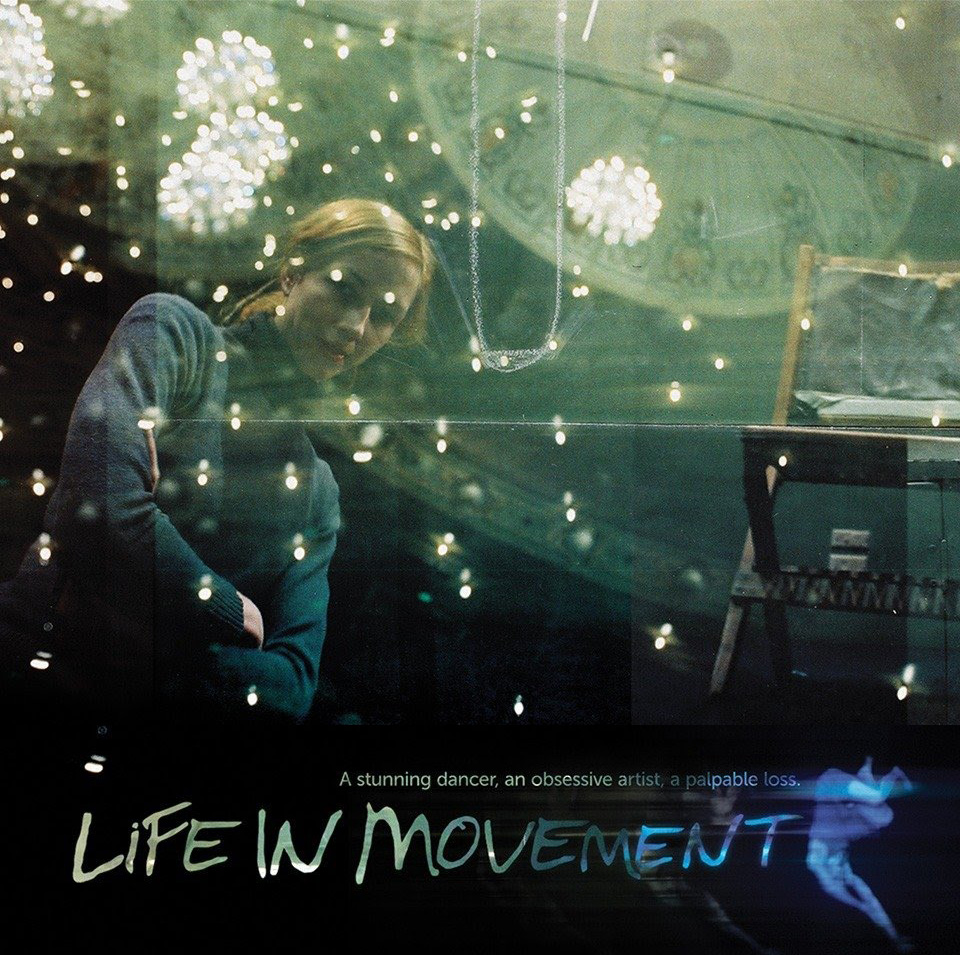
Life In Movement – The Tanya Liedtke story
November 8, 2021Life In Movement
2011
Closer Productions
I have 3 ½ left feet. As a sometimes musician I have a great sense of rhythm, but it has never been able to translate into my limbs. As a pre-teen and adolescent, I never knew anyone taking dance classes, never attended any recitals or ballets or other artistic events involving dance… in short, I am the last person you might think who would offer up Closer Productions’ Life In Movement as a documentary film that made such a difference in my artistic practice.
The multi-award-winning film focuses on Tanja Liedtke, the late choreographer of the Sydney Dance Company, who was killed at age 29 before she could take her position. A lauded professional dancer, Life in Movement documents Liedtke’s intentional cultivation of a creative life and her near obsessive process. The dance sequences she created seem to defy physics; she would push her dancers to their breaking points yet pushed herself even further.
Watching the film made me question my own motives as an artist. Liedtke was “all-in” to an extent that I could not emulate as a musician. My passion for photography was/is a completely different animal, and I poured everything I had into it. Life in Movement helped me to focus my intent and my path forward.
The documentary will bring joy, sadness, admiration and reflection to any artist who watches. It is NOT available for streaming in Canada but you can purchase a copy from the Closer Productions website. ~ Mark Walton
Read More
The Banff Purchase – An Exhibition of Photography in Canada
October 22, 2021The Banff Purchase
An Exhibition of Photography in Canada
John Wiley and Sons, 1979
It never ceases to amaze me how many incredible books one can find at local used bookstores and antique markets. The Banff Purchase is one of them for me. Published in 1979 to celebrate the Banff Centre’s purchase of 153 photographs by seven contemporary (at the time) Canadian photographers, the book is a treasure trove of work by the likes of Nina Raginsky, Orest Semchisen, Lynne Cohen and others. The introduction by Penny Cousineau presages her work to clarify a Canadian artistic identity, as published a quarter century later in Faking Death, previously reviewed on curated here.
Semchisen’s work is a dustier, emptier distillation of Walker Evans’ Depression Era work in the American south. Lynne Cohen is known for her large scale, uninhabited set pieces. Nina Raginsky’s playful, hand-tinted portraits often portray people who are IN the scene, but not OF the scene. Also accompanied by the works of David McMillan, Robert Boudreau, Tom Gibson and Charles Gagnon, the images that comprise The Banff Purchase are a great starting point for anyone wanting to get to know the history of Canadian photography.
Long out of print, you can find this book quite inexpensively in the aforementioned places, or online.
For more images see the full post here.
~ Mark Walton
Read More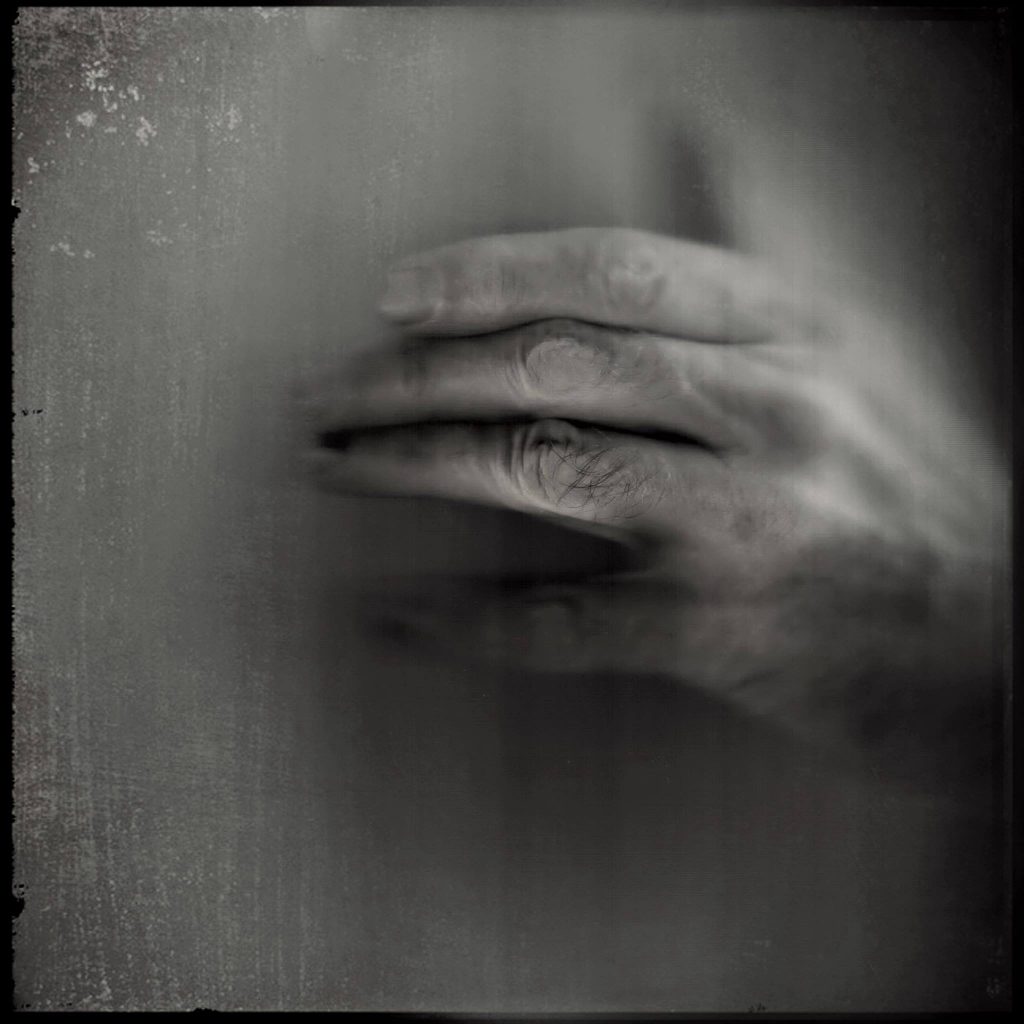
Mišo Smišek – Narrative Art
October 7, 2021Mišo Smišek of Belgrade, Serbia, is a consummate artist. He paints and draws. He is an incredible photographer and has illustrated numerous books. He is a regularly published and acclaimed writer of short stories. He sculpts. He creates pottery and does frottage. The breadth and scope of his work is quite simply impressive. Best of all, every piece he creates has the ability to elicit deep emotion from the viewer or reader of his work. Often dark but rarely disheartening or depressing, his work typically incorporates two or more mediums as above. Mišo has uncanny an ability to create a short story in every piece of his work.
At 64 years old, Miso studied Slovak language and literature at the Faculty of Philology of the University of Belgrade and currently works as a librarian in Boľovce. He posts regularly to social media.
Facebook: Mišo Smišek Art
Instagram: @misosmisek
~ Mark Walton
Read More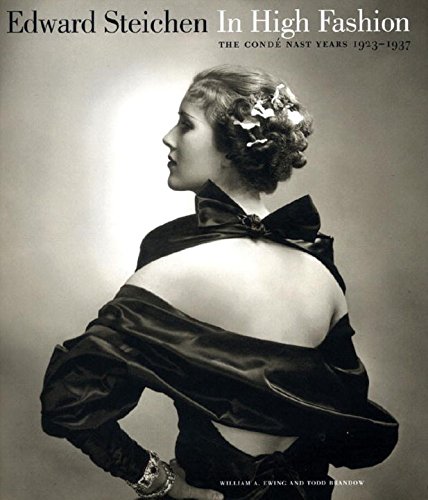
Edward Steichen – In High Fashion, The Conde Nast Years 1923-1937
September 28, 2021Edward Steichen: In High Fashion, The Conde Nast Years 1923-1937
by Todd Brandow (Author), William A. Ewing
W. W. Norton & Company
To anyone with even a smattering of knowledge of photographic history, Edward Steichen stands as a giant. He, along with Alfred Steiglitz, helped to solidify the medium’s standing as a fine art form, and embellish his own reputation in the process.
Much to the chagrin of Steiglitz and the other purists, Steichen had the audacity to construct a lucrative career for himself, as evidenced by the book Edward Steichen: In High Fashion, The Conde Nast Years 1923-1937, and became the pre-eminent photographer of fashion and celebrity culture.
I was very lucky to see the show for which this book serves as the catalogue at The Art Gallery of Ontario… actually I was lucky enough to practically LIVE at the gallery as I wore out my membership card poring over these stunning images again and again. Steichen DEFINED fashion photography as we know it, taking the work of Baron de Meyer (and others) from the end of the Belle Époque and perfecting it.
One can stare at “On George Baher’s Yacht” and “Screenwriter Anita Loos, C. 1928“ and marvel at their fluid tonality. You can see evidence of Steichen’s work to this day as photographers continue to mimic the poses and backgrounds used by him.
~ Mark Walton
Read More
Fire Caught and Portrait of an Artist (Franklin Ugochukwu) – Kary Janousek
September 7, 2021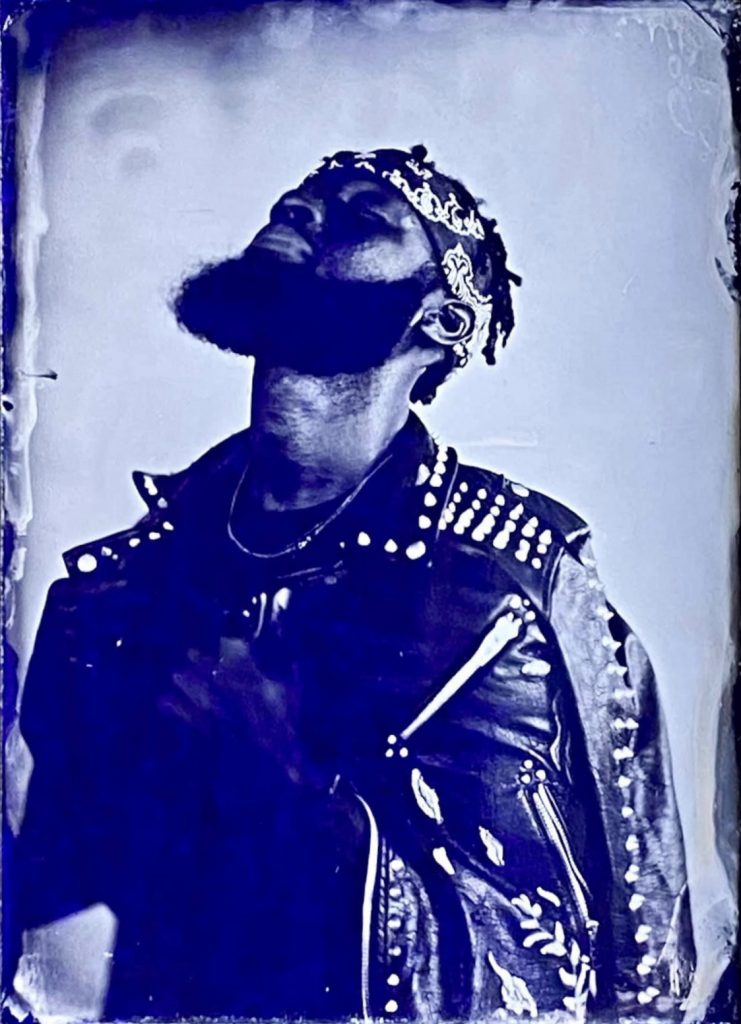
There is an ethereal look to wet plate collodion photography that is difficult to describe. It’s no wonder that people thought that early photography was a method to steal the soul of the sitter; as you can recognize the individual, but they look detached, disconnected. The camera seems to catch something more than just the image of the person… it catches their essence.
The reason for this is that these images are primarily formed by collecting the UV light radiating from the subject, a light that is invisible to the naked eye. Kary Janousek (one of 4 of the “Dakota Revivalist Photographers” using wet plate collodion in North Dakota) uses this effect to beautiful ends. Fire Caught and Portrait of an Artist (Franklin Ugochukwu) are perfect examples of the process. Many of Kary’s images have spiritual undertones that are served well by the detachment. The images are of flesh and blood seem to transcend the glass plates they are formed on.
Based in Fargo, North Dakota, Kary is likely one of the only wet plate photographers ANYWHERE with a store front enterprise… walk in to her incredible studio in the historic center of town and you can have a plate made on the spot! Recently she has started experimenting with different types of glass, creating completely unique works of art.
You can find Kary Janousek at https://highhatportraiture.com and on IG @highhatportraiture
Shane Balkowitsch is another of the Dakota Revivalist Photographers and has been previously featured on curated.
~ Mark Walton
Read More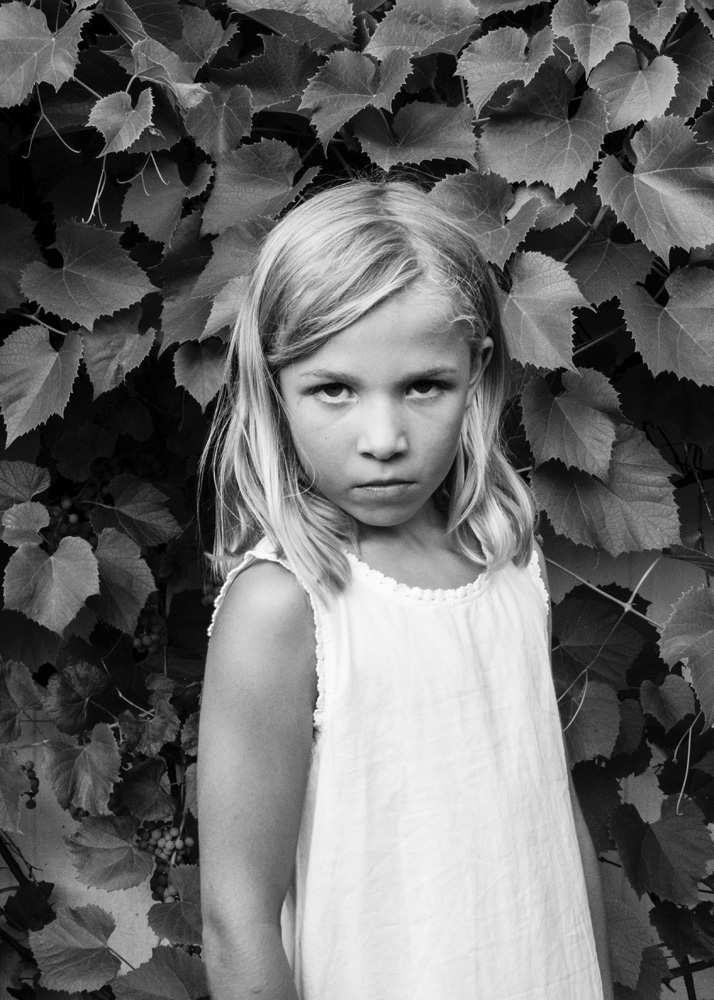
Untitled – Jennifer King
August 29, 2021Jennifer King’s photography has always intrigued me, so much so that I put this photo of hers (above) on the front cover of the first edition of foto:RE|VIEW magazine in 2019. Her work seemed to capture a certain type of childhood perfectly… all its innocence and curiosity, along with its foibles and anxieties.
Jennifer had always taken photographs but found a stronger connection with the medium after the birth of her first child. “The camera became a tool that allowed me to respond to and embrace a new identity that included motherhood. It also became a way for me to discover who my children were.”
King excels at capturing those minute, physical clues that reflect one’s emotional state: a hooded brow, the quiver of a lip, a flash of exasperation, unbridled energy brought on by wonder and adventure.
You can read more about Jennifer’s work with her children in the article BECOMING, found here at foto:RE. You follow her @jencking and contact her HERE. ~ Mark Walton
Read More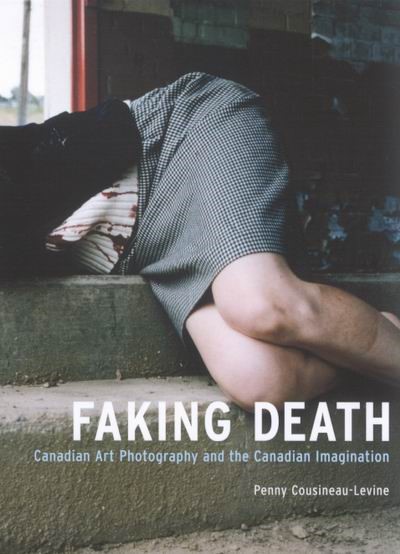
Faking Death
July 24, 2021Penny Cousineau-Levine
Faking Death
Canadian Art Photography and the Canadian Imagination
McGill-Queen’s University Press
Penny Cousineau-Levine’s “Faking Death” is considered by many to come closest to defining the characteristics of “Canadian” art; specifically the photographic arts but her conclusions can be applied to visual, performing and literary arts as well. She posits that the photographs she used for her study (all artistic photos by a select group of artists taken between 1950 and the 1990’s) are rarely about the referent… as she puts it, “a pipe in Canadian photography isn’t usually a pipe. It’s probably a crucifix”. This “dislocation” is at odds with straight American documentary photography, where the “truth” of the image is its most important characteristic.
The book, although academic in tone (indeed it was written in an attempt to describe to her university students the notion of a Canadian tradition of art), is a captivating read and draws many more fascinating conclusions. Once enlightened by her observations, you can’t help but see the characteristics she lays out in almost every piece of Canadian work.
This book is a MUST read for all Canadian artists and art lovers. It is available at McGill-Queen’s University Press. ~ Mark Walton
Read More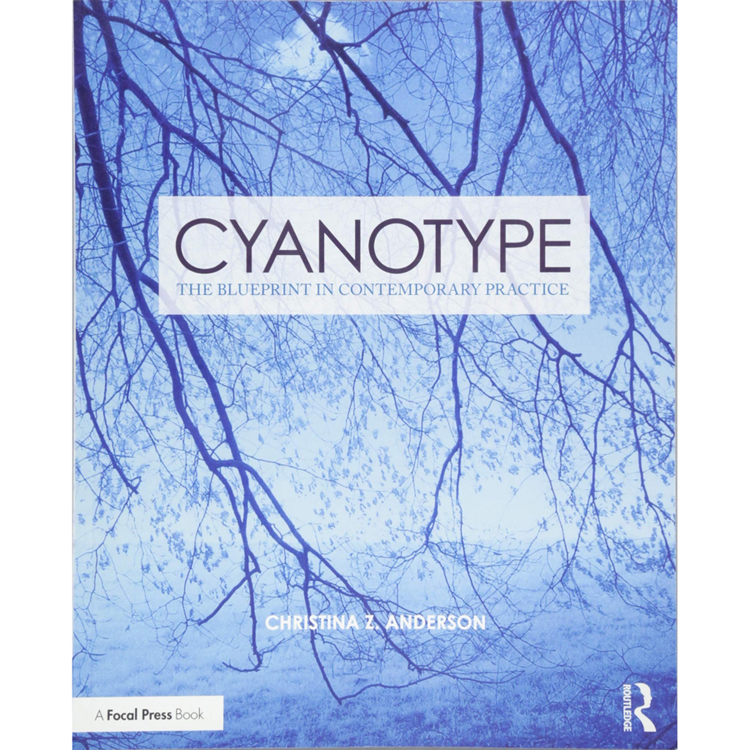
Christina Z. Anderson – Cyanotype: The Blueprint in Contemporary Practice
June 25, 2021Christina Z. Anderson
Cyanotype: The Blueprint in Contemporary Practice
A Focal Press Book, Routledge
Cyanotype: The Blueprint in Contemporary Practice is THE book you need if you want to learn how to create stunning cyanotype prints. Written by Christina Z. Anderson and available online, it offers detailed notes on formulas, papers, digital negatives and the actual process itself, as well as highlighting the work of contemporary cyanotype artists. Anderson is also the author of similar books on gum prints and salted paper prints. I’ve included 2 of my test images using her processes below. ~ Mark Walton
Read More
Recent Comments